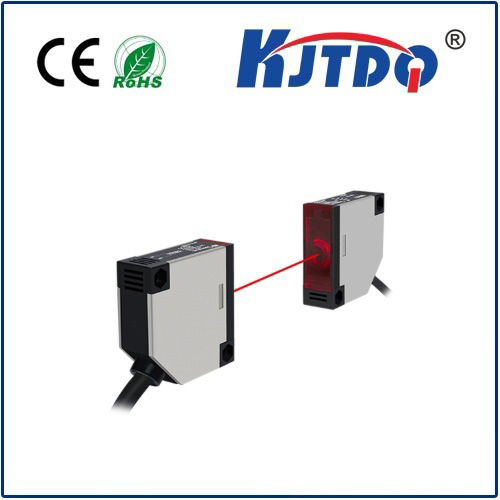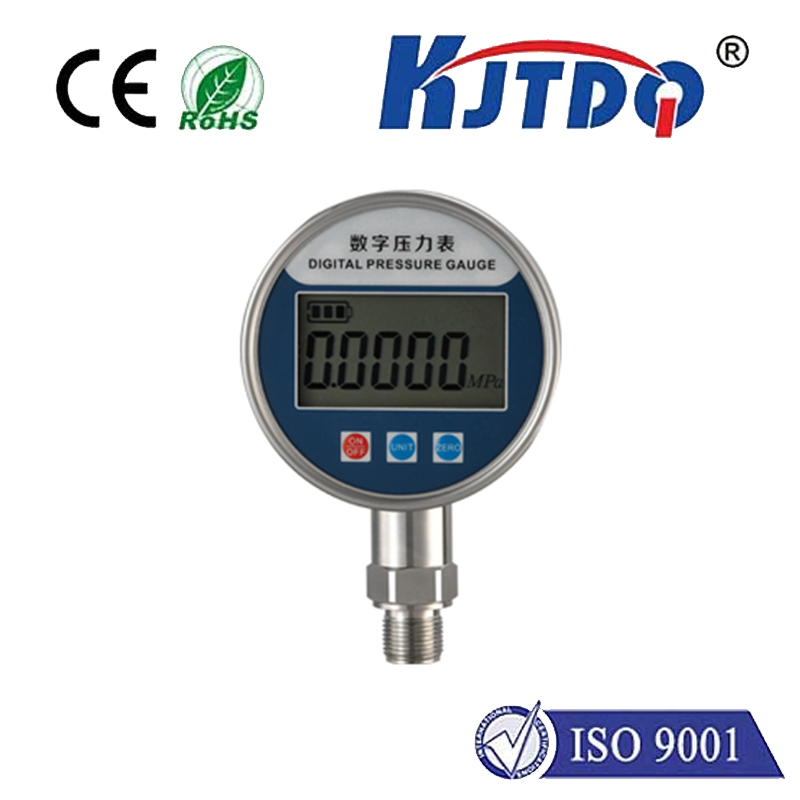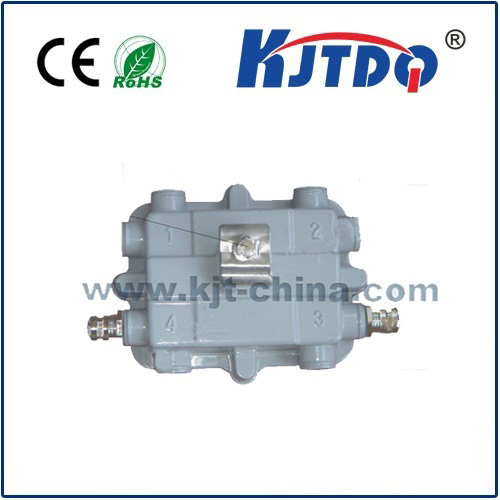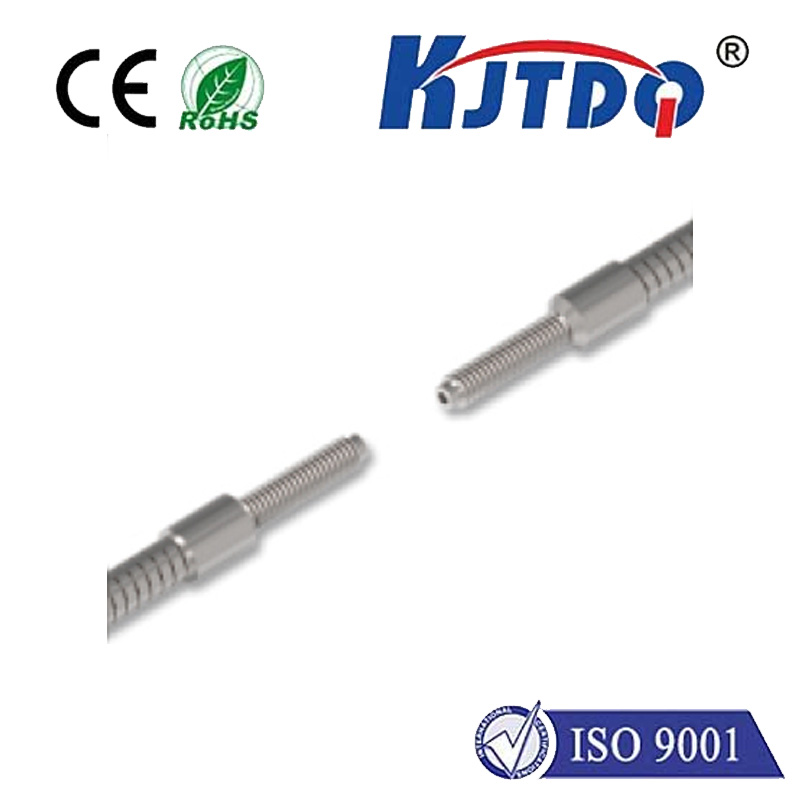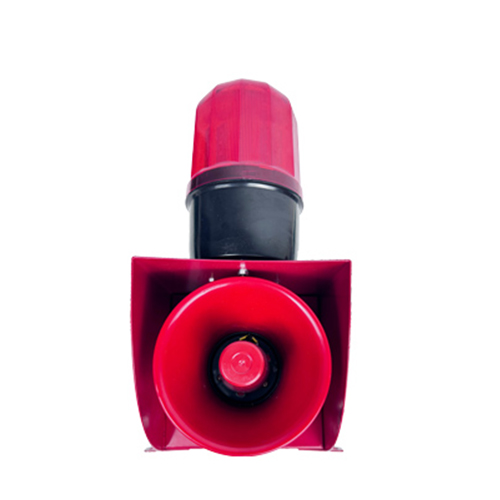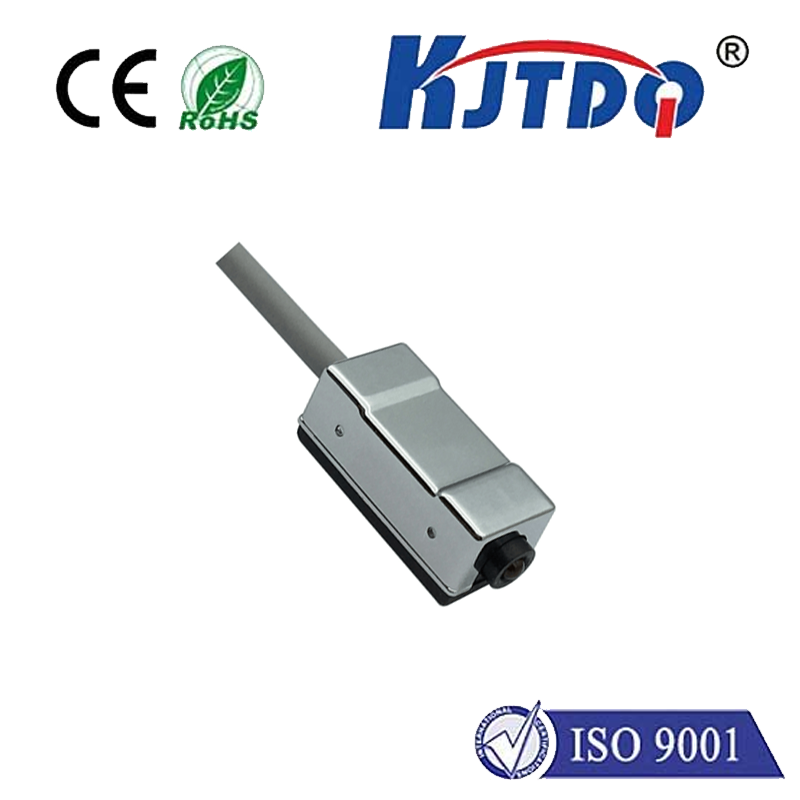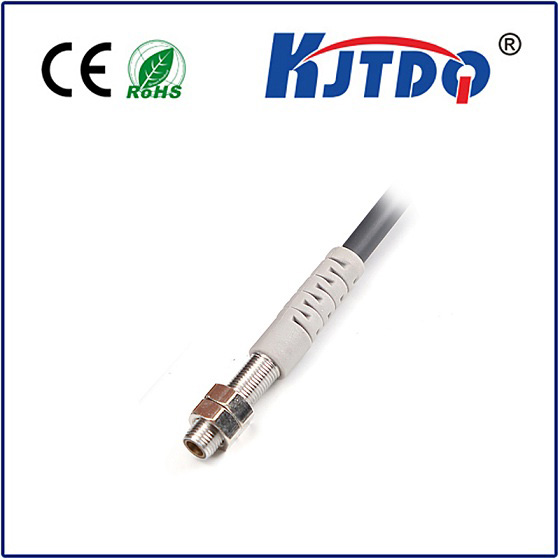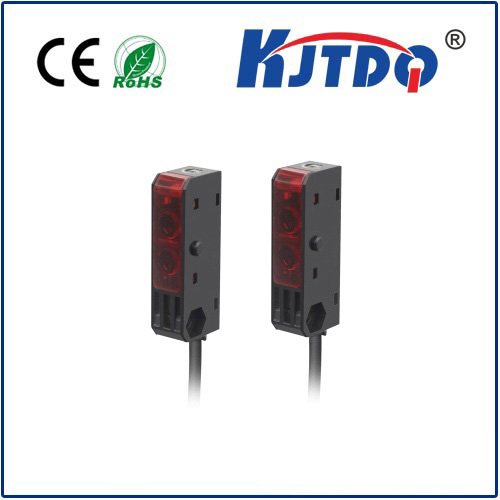laser gas sensor
- time:2025-08-29 04:35:12
- Click:0
Laser Gas Sensors: Illuminating the Future of Precise Gas Detection
Imagine a silent guardian. Not clad in armor, but emitting an invisible beam of light, tirelessly scanning its environment for the faintest whispers of potentially dangerous or critical gases. This is the reality powered by laser gas sensors, a revolutionary technology transforming how we monitor air quality, ensure industrial safety, and safeguard our environment. Gone are the days of relying solely on sensors prone to false alarms or limited detection capabilities. Laser-based detection offers unprecedented precision, reliability, and insight into the invisible chemical composition of our world.
At its core, a laser gas sensor operates on a fundamental principle of physics: light-matter interaction. Unlike traditional electrochemical or catalytic bead sensors, which rely on chemical reactions, laser sensors utilize the unique absorption characteristics of gas molecules. Each type of gas molecule absorbs light at very specific, distinct wavelengths – essentially its own optical “fingerprint.” A laser gas sensor exploits this by emitting a carefully controlled beam of laser light, precisely tuned to one of these specific absorption wavelengths of the target gas.
Tunable Diode Laser Absorption Spectroscopy (TDLAS) is the most prevalent and powerful technique employed. Here’s how it works:

- The Laser Source: A tunable diode laser generates a narrow, intense beam of light. Crucially, the wavelength of this laser can be finely adjusted or “tuned” electronically.
- Targeted Wavelength: The laser is tuned specifically to an absorption line of the target gas molecule (e.g., methane, carbon monoxide, oxygen, ammonia, hydrogen sulfide).
- Light Transmission: The laser beam is directed across the gas sample – this could be within an open path (Open Path TDLAS) or through a gas cell (Extractive TDLAS) where the sample is drawn in.
- Detection and Measurement: A sensitive photodetector on the other side measures the intensity of the light beam after it has passed through the gas sample. If the target gas is present, it absorbs some of the light energy at its specific wavelength. The amount of light absorbed is directly proportional to the concentration of the gas according to the Beer-Lambert law.
The brilliance of laser gas sensing lies in the laser’s unique properties:
- Monochromaticity: Lasers emit light at a single, extremely pure wavelength. This eliminates interference from other light sources and allows precise targeting of a specific gas’s absorption line.
- Coherence: The light waves are in phase, maintaining intensity over long distances and enabling sensitive detection.
- Directionality: Laser beams travel in a very narrow, focused path, minimizing scattering losses and allowing for flexible sensor configurations, including long open-path measurements.
So, what makes laser gas sensors superior for so many critical applications?
- Exceptional Selectivity: Tuning the laser precisely to a gas’s unique absorption line means the sensor is highly specific. It largely ignores other gases present in the sample. This drastically reduces false alarms caused by cross-sensitivity, a significant limitation of many traditional sensors.
- Unmatched Sensitivity: Laser sensors can detect gases at extremely low concentrations, often in the parts-per-million (ppm) or even parts-per-billion (ppb) range. This is vital for detecting trace leaks, monitoring noxious pollutants at safe thresholds, or ensuring ultra-pure environments.
- Rapid Response: Measurements occur at the speed of light. Laser gas sensors provide real-time or near-instantaneous readings, enabling immediate response to hazardous conditions or process changes. This speed is far superior to sensors requiring slow chemical reactions or diffusion.
- Minimal Maintenance & Long Lifespan: With no consumable parts or chemicals that degrade (like electrolytes in electrochemical cells), laser-based sensors require significantly less maintenance, calibration, and replacement. Their solid-state design offers robustness and long-term stability, lowering the total cost of ownership.
- Quantitative Accuracy: They provide direct, highly accurate concentration readings based on fundamental physics, not inferred signals that can drift or require complex compensation.
- Versatility in Installation: Options range from extractive (drawing gas into a sample cell) for point monitoring to open-path configurations, where the laser beam travels tens or hundreds of meters through the atmosphere, covering large areas like perimeters, pipelines, or storage facilities for leak detection.
The advantages of laser gas sensors unlock transformative applications across industries:
- Industrial Safety & Leak Detection: Monitoring for flammable gases (methane, hydrogen), toxic gases (H2S, CO, NH3), and oxygen depletion/enrichment in refineries, chemical plants, LNG terminals, steel mills, and manufacturing facilities. Open-path lasers are ideal for perimeter monitoring and detecting fugitive emissions.
- Environmental Monitoring: Measuring greenhouse gases (CH4, CO2, N2O), urban air pollutants (CO, NO2, O3), and trace gases from landfills or agricultural sites with high precision. This provides reliable data for regulatory compliance and understanding atmospheric processes.
- Process Control & Optimization: Ensuring the precise gas composition in critical industrial processes like semiconductor manufacturing, combustion control (oxygen), food and beverage production (CO2), and pharmaceutical synthesis. Real-time feedback optimizes efficiency and product quality.
- Scientific Research & Meteorology: Studying atmospheric composition, trace gas fluxes, and climate change impacts in field campaigns and fixed monitoring stations.
- Medical & Life Sciences: Breath analysis for diagnostic purposes and monitoring controlled environments (e.g., incubators, operating rooms) requires the sensitivity and selectivity that laser-based sensors can provide.
The field continues to evolve rapidly. Mid-infrared Quantum Cascade Lasers (QCLs) and Interband Cascade Lasers (ICLs) are unlocking detection capabilities for a much wider range of gases, including complex molecules, that were previously difficult or impossible to sense with near-infrared diode lasers. Miniaturization and photonic integration are paving the way for smaller, lower-cost, and even more robust sensors suitable for new applications like wearable safety monitors and distributed sensing networks. The integration of data analytics and AI further enhances capabilities, enabling predictive maintenance and more intelligent gas monitoring systems.
Laser gas sensors are not just instruments; they are sophisticated observers of the molecular world. By harnessing the unique interaction between coherent light and gas molecules, they provide the clarity, accuracy, and reliability essential for safety, environmental protection, and industrial progress. As laser technology advances and costs decrease, their role as the gold standard for demanding gas detection challenges is set to shine even brighter. The future of gas sensing is undeniably illuminated by the laser’s beam.







